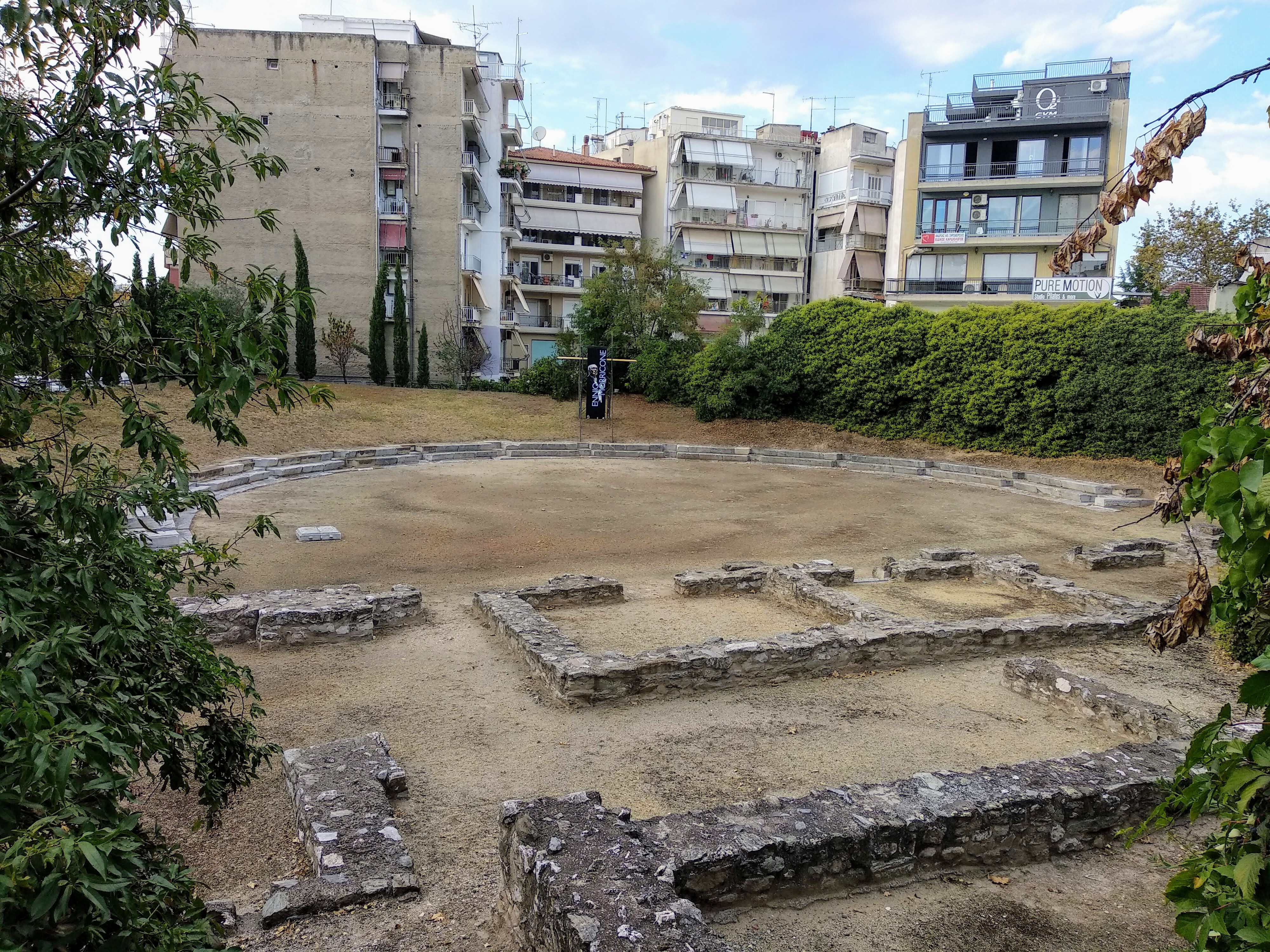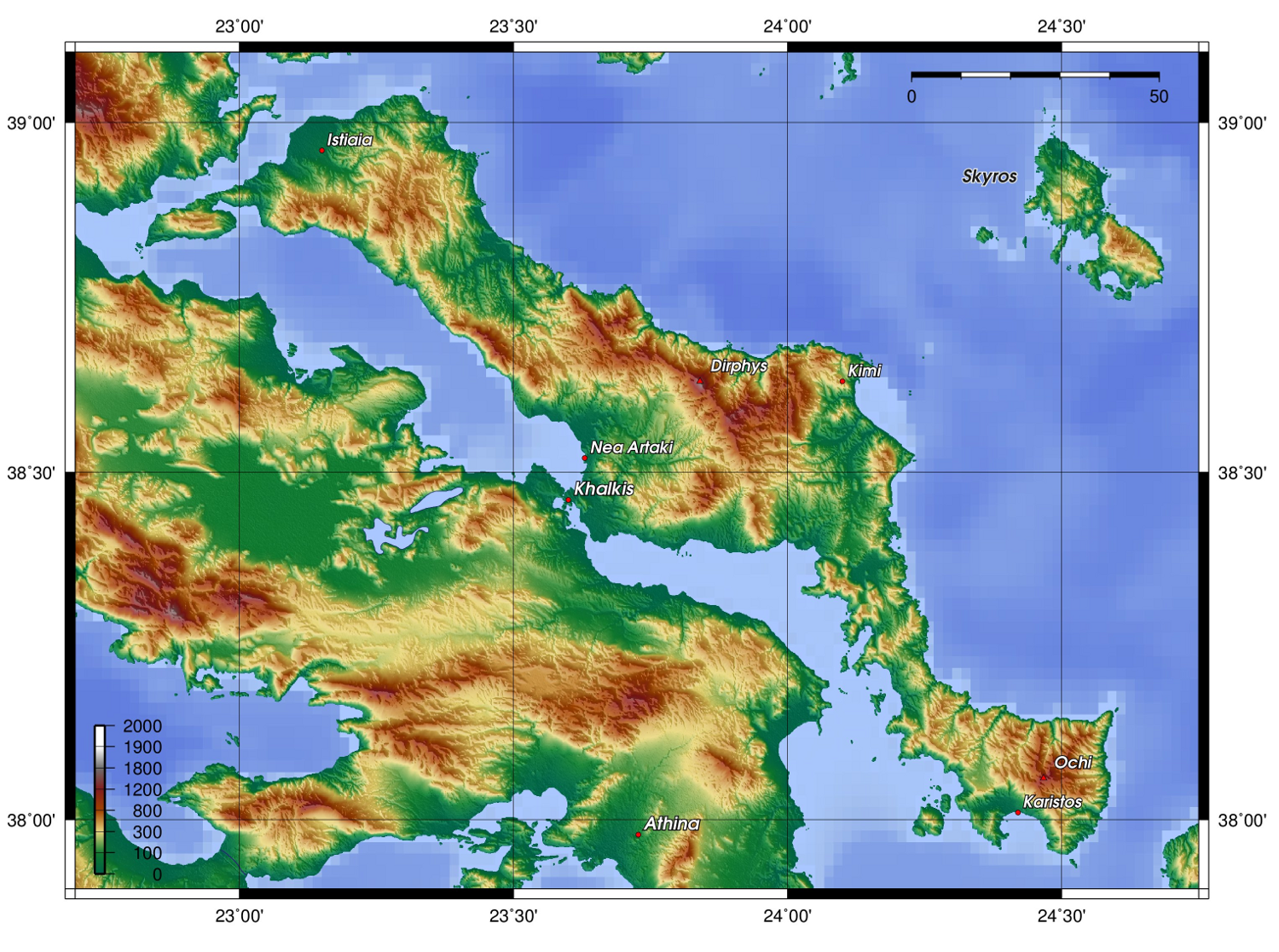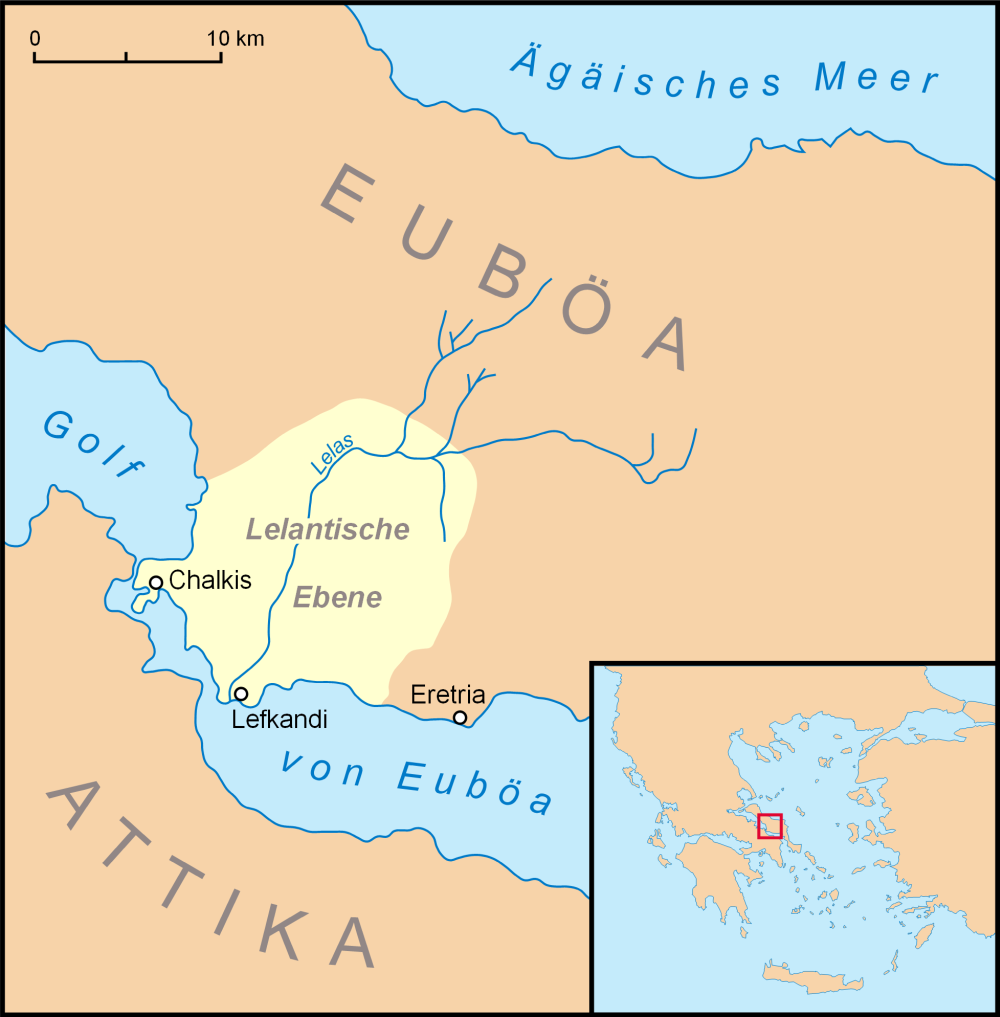|
List Of Ancient Greek Theatres
This is a list of ancient Greek theatres by location. Attica and Athens * Theatre of Dionysus, Athens * Theatre of Thorikos, East Attica * Odeon of Athens, Athens * Theatre of Zea, Piraeus, Athens * Theatre of Aegina, Attica * Theatre of Oropos, Oropos, East Attica * Theatre of Rhamnous, East Attica Continental Greece and Euboea * Theatre of Chaeronea, Boeotia * Theatre of Orchomenos, Orchomenus (Boeotia) * Theatre of Delphi, Delphi * Theatre of Stratos, Aetolia-Acarnania * Theatre of Oiniades, Aetolia-Acarnania * Theatre of Eretria, Euboea * Theatre of Thebes, Thebes Thessaly and Epirus * First Ancient Theatre, Larissa * Second Ancient Theatre, Larissa * Theatre of Dodona, Ioannina *Theatre of Ambracia, Arta *Theatre of Omolion, Larissa *Theatre of Demetrias, Volos *Theatre of Cassope, Preveza *Theatre of Gitanae, Thesprotia * Theatre of Apollonia, in Illyria * Theatre of Bouthrotos (modern Butrinti) * Theatre of Byllis Macedonia and Thrace * Theatre of Dion, Pieria ... [...More Info...] [...Related Items...] OR: [Wikipedia] [Google] [Baidu] |
Ancient Greek Theatre In Delos 01
Ancient history is a time period from the History of writing, beginning of writing and recorded human history through late antiquity. The span of recorded history is roughly 5,000 years, beginning with the development of Sumerian language, Sumerian cuneiform script. Ancient history covers all continents inhabited by humans in the period 3000 BCAD 500, ending with the Early Muslim conquests, expansion of Islam in late antiquity. The three-age system periodises ancient history into the Stone Age, the Bronze Age, and the Iron Age, with recorded history generally considered to begin with the Bronze Age. The start and end of the three ages vary between world regions. In many regions the Bronze Age is generally considered to begin a few centuries prior to 3000 BC, while the end of the Iron Age varies from the early first millennium BC in some regions to the late first millennium AD in others. During the time period of ancient history, the world population was Exponential growth, e ... [...More Info...] [...Related Items...] OR: [Wikipedia] [Google] [Baidu] |
Delphi
Delphi (; ), in legend previously called Pytho (Πυθώ), was an ancient sacred precinct and the seat of Pythia, the major oracle who was consulted about important decisions throughout the ancient Classical antiquity, classical world. The Ancient Greece, ancient Greeks considered the centre of the world to be in Delphi, marked by the stone monument known as the Omphalos of Delphi (navel). According to the Suda, Delphi took its name from the Delphyne, the she-serpent (''Drakaina (mythology), drakaina'') who lived there and was killed by the god Apollo (in other accounts the serpent was the male serpent (''drakon'') Python (mythology), Python). The sacred precinct occupies a delineated region on the south-western slope of Mount Parnassus. It is now an extensive archaeological site, and since 1938 a part of Mount Parnassus, Parnassos National Park. The precinct is recognized by UNESCO as a World Heritage Site in having had a great influence in the ancient world, as evidenced ... [...More Info...] [...Related Items...] OR: [Wikipedia] [Google] [Baidu] |
Arta, Greece
Arta () is a city in northwestern Greece and capital of the Arta (regional unit), regional unit of Arta, which is part of Epirus (region), Epirus region. The city was known in ancient times as Ambracia (). Arta is known for the Bridge of Arta, medieval bridge over the Arachthos River, as well as for its ancient sites from the era of Pyrrhus of Epirus and its well-preserved 13th-century Castle of Arta, castle. Arta's Byzantine history is reflected in its many Byzantine churches; perhaps the best known is the Panagia Paregoretissa (Mother of God the Consoling), built about 1290 by despot (court title), Despot Nikephoros I Komnenos Doukas. Etymology The origin of the city's name is quite uncertain. It is either derived from a corruption of the river Arachthos, or from the Latin word "artus" (narrow), or from the Slavic languages, Slavic word "balta" (swamp). History Antiquity The first settlement in the area of the modern city dates to the 9th century B.C. Ambracia was founded as ... [...More Info...] [...Related Items...] OR: [Wikipedia] [Google] [Baidu] |
Ambracia
Ambracia (; , occasionally , ''Ampracia'') was a city of ancient Greece on the site of modern Arta. It was founded by the Corinthians in 625 BC and was situated about from the Ambracian Gulf, on a bend of the navigable river Arachthos (or Aratthus), in the midst of a fertile wooded plain. Name It was named after Ambracia, who according to some myths was Augeas daughter, while others describe her as Apollo's granddaughter and the daughter of Melaneus, king of the Dryope. According to a different story, the town was named after Ambrax, Thesprotus son and Lycaon's grandson. History Ambracia was founded between 650 and 625 BC by Gorgus, son of the Corinthian tyrant Cypselus, at which time its economy was based on farmlands, fishing, timber for shipbuilding, and the exportation of the produce of Epirus. After the expulsion of Gorgus's son Periander its government developed into a strong democracy. The early policy of Ambracia was determined by its loyalty to Corinth (for wh ... [...More Info...] [...Related Items...] OR: [Wikipedia] [Google] [Baidu] |
Ioannina (regional Unit)
Ioannina () is one of the regional units of Greece, located in the northwestern part of the country. It is part of the region of Epirus (region), Epirus. Its capital is the city of Ioannina. It is the largest regional unit in Epirus, and one of the largest regional units of Greece, with a population of 160,773 people, according to the 2021 census. Geography Ioannina borders Albania in the north, and the regional units of Kastoria (regional unit), Kastoria in the northeast, Grevena (regional unit), Grevena and Trikala (regional unit), Trikala in the east, Arta (regional unit), Arta in the southeast, Preveza (regional unit), Preveza in the south and Thesprotia in the southwest and west. Ioannina is a mountainous region, dominated by the Pindus mountains, that cover the eastern part of the regional unit. The main subranges of the Pindus are from north to south: Gramos, Smolikas (2,637 m, the highest of the Pindus), Tymfi, Lygkos, Lakmos and Athamanika. The lower Xerovouni mountains ... [...More Info...] [...Related Items...] OR: [Wikipedia] [Google] [Baidu] |
Dodona
Dodona (; , Ionic Greek, Ionic and , ) in Epirus in northwestern Greece was the oldest Ancient Greece, Hellenic oracle, possibly dating to the 2nd millennium BCE according to Herodotus. The earliest accounts in Homer describe Dodona as an oracle of Zeus. Situated in a remote region away from the main Greek polis, poleis, it was considered second only to the Oracle of Delphi in prestige. Aristotle considered the region around Dodona to have been part of Ancient Greece, Hellas and the region where the Hellenes originated.; Aristotle. ''Meteorologica''1.14 The oracle was first under the control of the Thesprotians before it passed into the hands of the Molossians. It remained an important religious sanctuary until the rise of Christianity during the Late Antiquity, Late Roman era. Description During classical antiquity, according to various accounts, priestesses and priests in the sacred grove interpreted the rustling of the oak (or beech) leaves to determine the correct actions to ... [...More Info...] [...Related Items...] OR: [Wikipedia] [Google] [Baidu] |
Second Ancient Theatre, Larissa
The Second Ancient Theatre of Larissa () is an ancient Greek theatre in the city of Larissa in Thessaly, Greece. History The theatre was built in the second half of the 1st century BC, on the southwestern slopes of the Pefkakia hill. Its construction is probably connected to the conversion of the city's original theatre, which was converted into an arena for gladiatorial contests and public spectacles after the Roman conquest of Greece. The excavator of the site, Athanasios Tziafalias, suggested in particular a connection with the festival of Eleutheria, which featured athletic and horsemanship contests as well as theatrical, musical, and poetry performances. An inscription dedicated to Demeter and the Kore indicates that the site also housed a temple dedicated to them ('' thesmophorion''). The theatre was left in ruins in the Middle Ages, when a Byzantine church dedicated to the Holy Wisdom or to Saint Paraskevi was erected in its place. The church was in turn replaced by the ... [...More Info...] [...Related Items...] OR: [Wikipedia] [Google] [Baidu] |
First Ancient Theatre, Larissa
The First Ancient Theater of Larissa is an ancient theater and the largest theater in Thessaly, having a capacity of 10,000 people. It is located on the southern side of Frourio Hill in Larissa and it is a registered trademark of the city. History The First Ancient Theatre of Larissa was built in the center of the ancient city of Larissa, during the reign of king Philip V of Macedon, towards the end of the 3rd century BC. The theatre was in use for six centuries until the end of the 3rd century AD (or the beginning of the 4th century AD) when its operation stopped abruptly. During the first centuries, the theatre was used for two purposes: in addition to theatrical performances, it also hosted the meetings of the highest regional authority, the so-called Koinon of Thessaly. The ancient theatre of Larissa, from the end of the 7th century BC had the lead. The ancient theatre was initially associated with the worship of the god Dionysus and the performance of theatrical and musical ... [...More Info...] [...Related Items...] OR: [Wikipedia] [Google] [Baidu] |
Thebes, Greece
Thebes ( ; , ''Thíva'' ; , ''Thêbai'' .) is a city in Boeotia, Central Greece (administrative region), Central Greece, and is one of the oldest continuously inhabited cities in the world. It is the largest city in Boeotia and a major center for the area along with Livadeia and Tanagra. It played an important role in Greek myths, as the site of the stories of Cadmus, Oedipus, Dionysus, Heracles and others. One myth had the city founded by Agenor, which gave rise to the (now somewhat obscure) name "Agenorids" to denote Thebans. Archaeological excavations in and around Thebes have revealed a Mycenaean Greece, Mycenaean settlement and clay tablets written in the Linear B script, indicating the importance of the site in the Bronze Age. Thebes was the largest city of the ancient region of Boeotia and was the leader of the Boeotian confederacy. It was a major rival of Classical Athens, ancient Athens, and sided with the Achaemenid Empire, Persians during the Second Persian invasi ... [...More Info...] [...Related Items...] OR: [Wikipedia] [Google] [Baidu] |
Cadmea
The Cadmea, or Cadmeia (Greek: Καδμεία, ''Kadmía''), was the citadel of ancient Thebes, Greece, which was named after Cadmus, the legendary founder of Thebes. The area is thought to have been settled since at least the early Bronze Age, although the history of settlement can only be reliably dated from the late Mycenaean period (c. 1400 BC). Classical period In the classical and the early Hellenistic periods, the Cadmea served a similar purpose to the Acropolis of Athens; many public buildings were situated there, and the assemblies of Thebes and the Boeotian Confederacy are thought to have met there. During the Spartan (382–379/2 BC) and Macedonian occupations of Thebes, foreign garrisons were stationed on the Cadmea. Phoebidas was the Spartan general responsible for the unauthorized seizure of the citadel of Cadmea in 382 BC, in violation of the Peace of Antalcidas in place then. The Sacred Band of Thebes was stationed in Cadmea as a standing force after it wa ... [...More Info...] [...Related Items...] OR: [Wikipedia] [Google] [Baidu] |
Euboea
Euboea ( ; , ), also known by its modern spelling Evia ( ; , ), is the second-largest Greek island in area and population, after Crete, and the sixth largest island in the Mediterranean Sea. It is separated from Boeotia in mainland Greece by the narrow Euripus Strait (only at its narrowest point). In general outline it is a long and narrow island; it is about long, and varies in breadth from to . Its geographic orientation is from northwest to southeast, and it is traversed throughout its length by a mountain range, which forms part of the chain that bounds Thessaly on the east, and is continued south of Euboia in the lofty islands of Andros, Tinos and Mykonos. It forms most of the regional unit of Euboea, which also includes Skyros and a small area of the Greek mainland. Name Like most of the Greek islands, Euboea was known by other names in antiquity, such as ''Macris'' (Μάκρις) and ''Doliche'' (Δολίχη) from its elongated shape, or ''Ellopia'' (after El ... [...More Info...] [...Related Items...] OR: [Wikipedia] [Google] [Baidu] |
Eretria
Eretria (; , , , , literally 'city of the rowers') is a town in Euboea, Greece, facing the coast of Attica across the narrow South Euboean Gulf. It was an important Greek polis in the 6th and 5th century BC, mentioned by many famous writers and actively involved in significant historical events. Excavations of the ancient city began in the 1890s and have been conducted since 1964 by the Greek Archaeological Service (11th Ephorate of Antiquities) and the Swiss School of Archaeology in Greece. History of Eretria Prehistory The first evidence for human activity in the area of Eretria are pottery shards and stone artifacts from the late Neolithic period (3500–3000 BC) found on the Acropolis as well as in the plain. No permanent structures have yet been found. It is therefore unclear whether a permanent settlement existed at that time. The first known settlement from the Early Helladic period (3000–2000 BC) was located on the plain. A granary and several other buildi ... [...More Info...] [...Related Items...] OR: [Wikipedia] [Google] [Baidu] |








